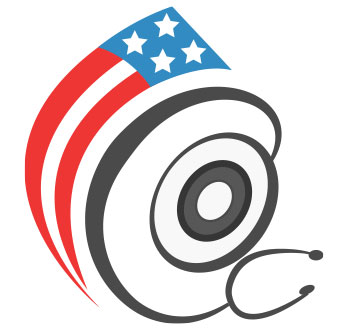
Reduce the risk of blood clots with Plavix
January 5, 2006| Blood ClotsMedicinePrescription
(Brand Option)
Select Quantity
$183.00 ($3.05 per capsule)
$538.00 ($2.99 per capsule)
$178.00 ($2.97 per capsule)
$347.50 ($2.90 per capsule)
$134.00 ($2.23 per capsule)
$382.00 ($2.12 per capsule)
(Generic Alternative)
Select Quantity
$90.00
$164.20
$80.00 ($0.89 per capsule)
$85.00 ($0.94 per capsule)
$155.00 ($0.86 per capsule)
You can buy Pradaxa from Canada on DoctorSolve.com without leaving the comfort of your home. DoctorSolve™ has been a trustworthy choice for online pharmacy needs in the United States since 1999.
We offer competitive Canadian prices for Pradaxa, helping you save thousands of dollars on your medication each year. DoctorSolves™ reputation for exceptional service is backed by a remarkable 4.8/5 customer rating and 655+ positive reviews.
DoctorSolve™ is verified by Canadian International Pharmacy Association (CIPA) and International Pharmacy Association of British Columbia (IPABC). We prioritize your health by requiring a valid prescription from a healthcare provider, ensuring Pradaxa is appropriate for your condition.
If you prefer speaking to a support staff, call +1-866-732-0305 to order Pradaxa or fax your prescription to 1-877-251-1650. Our support staff are prompt and will answer all your queries professionally.
Pradaxa (dabigatran etexilate mesylate) capsules are indicated for the following:
Common Side Effects:
Serious Side Effects:
Other Potential Side Effects:
This is not a complete list of side effects, and others may occur. If you experience any concerning symptoms, seek medical advice promptly.
Consult with a healthcare professional before taking Pradaxa if you are pregnant or planning to become pregnant. Additionally, if you are breastfeeding, discuss your treatment options and the best way to feed your child with your healthcare provider.
For pediatric patients, specific precautions and considerations are outlined, including recommendations for discontinuation before elective surgery and the avoidance of use in patients with certain levels of kidney function.
Pradaxa capsules should only be dispensed and stored in the original bottle or blister package to prevent breakdown and loss of potency.
Avoid the use of Pradaxa if a patient has a mechanical prosthetic heart valve, active pathological bleeding, or a history of hypersensitivity reaction to Pradaxa. It also emphasizes the risk of spinal and epidural hematomas in certain medical procedures.
| Generic name: | dabigatran etesilate, Dabigatran Etexilate, Dabigatran Etexilate |
|---|---|
| Formulation: | Capsule |
| Strength(s): | 75mg, 110mg, 150mg |
| Quantities Available: | 60, 90, 100, 120, 180, 200 |


Guiding you every step of the way, ensuring access to affordable medicines. Our customer service team is available seven days a week to answer any questions or to address any concerns you may have. Please give us a call at Doctor Solve on Monday to Friday from 6am-8pm PST, or Saturdays and Sundays from 7am-5pm PST.